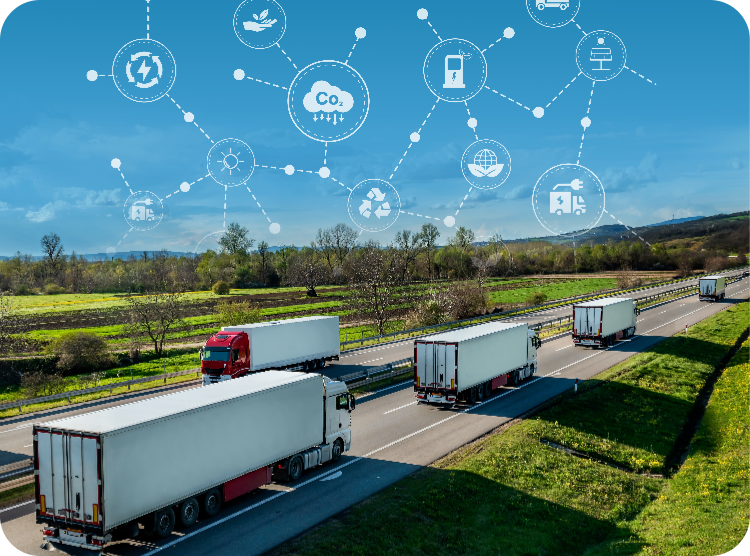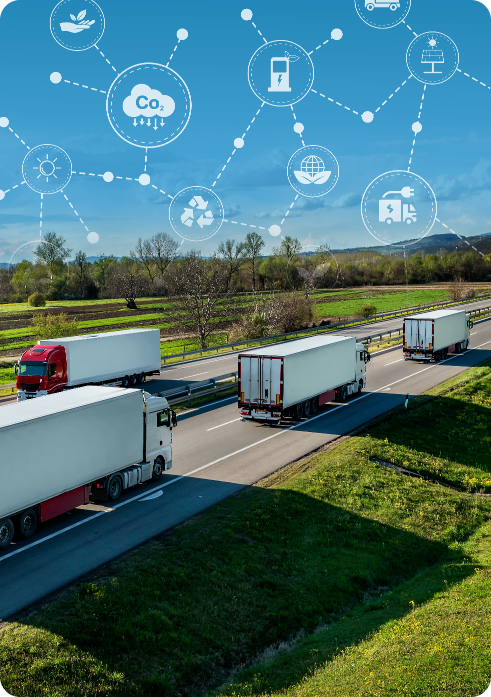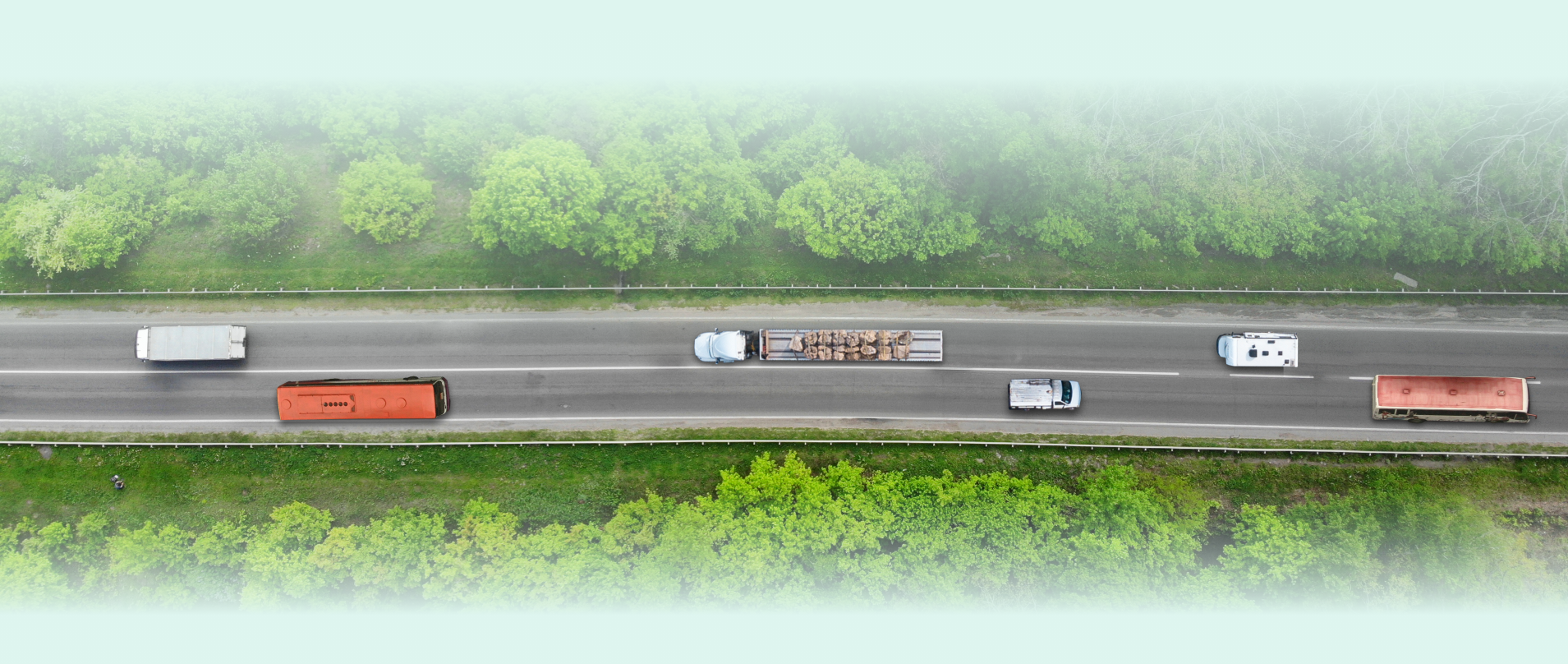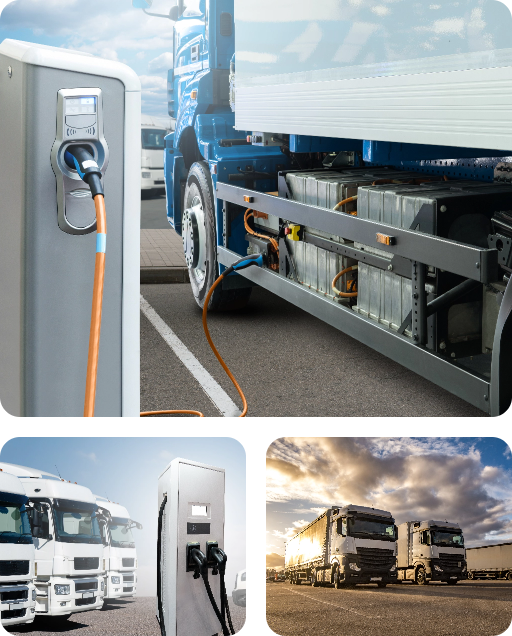In terms of transport emissions, Southeast Asia bears significant responsibility, accounting for 40% of global greenhouse gas emissions and 23% of carbon dioxide emissions.

As the world becomes increasingly aware of the urgent need to decrease carbon emissions and combat climate change, the demand for sustainable transportation solutions is on the rise.
In Southeast Asia, a dynamic region with a population exceeding 680 million people, rapid urbanisation and economic growth are also giving rise to environmental challenges such as air pollution and carbon emissions. To ensure sustainable growth of the region, there is a pressing need to accelerate the adoption of electric mobility (e-mobility). Governments, industry players, and consumers are coming together to drive the shift toward a more sustainable future.


In terms of transport emissions, Southeast Asia bears significant responsibility, accounting for 40% of global greenhouse gas emissions and 23% of carbon dioxide emissions.
The transition towards fleets electrification (both private and public) especially consisting of Medium-Duty and Heavy-duty Vehicles (MDHDV) can be a powerful catalyst ushering in sustainable mobility. Electric Vehicles (EVs) produce zero tailpipe emissions, reducing air pollution and greenhouse gas emissions, thus addressing these environmental concerns.
Hitachi accelerates the journey toward carbon neutrality by harnessing the power of technology to address the challenges faced by Fleet operators when contemplating the transition to electric vehicles.
Southeast Asian countries are building their domestic industries as essential to the EV ecosystem
by developing materials supporting supply chain resilience. They are also implementing
economic policies, conducting pilot projects and demonstrations,
and investing in charging infrastructure development.
According to Reports*:
90%
of urban transit buses are to be replaced with e-buses2,000
e-buses by 203021%
EVs in total vehicle sales by 20303,000
public buses with33,000
zero emission vehicle (ZEV) bus sales by 2030
With a range of next-generation technologies and expertise, Hitachi’s solutions cater to commercial fleets such as buses along with the infrastructure, enabling optimised systems, energy savings, and revenue streams while concurrently lowering risks. Some notable solutions that Hitachi offers include:
These advancements and solutions contribute to the growth of a vibrant EV Ecosystem, reducing greenhouse gas emissions and promoting sustainable transportation.


Collaborative efforts are underway in Southeast Asia to drive large-scale fleet electrification. The involvement of different stakeholders such as government bodies and organisations in the region are investing heavily given the shift towards e-mobility growth such as EV charging infrastructure, promoting local EV adoption, and fostering partnerships to support sustainable transportation alternatives. These initiatives showcase the region’s commitment to reducing carbon emissions and embracing a greener future.
While Hitachi has implemented successful projects across the Southeast Asian region, as well as the greater Asia-Pacific and European markets, there are still lots of potential opportunities and untapped markets for Hitachi to penetrate and drive the adoption of e-mobility in Southeast Asia.
By introducing new ways of commuting and transportation that are green and sustainable, Hitachi Social Innovation is Powering Good through improvements in the standard of living and quality of life for millions of citizens across Southeast Asia.

Date of Release: September 2023
The World Health Organization (WHO) has pointed out that 9 out of 10 people in the region breathe air exceeding the WHO’s guideline limits for pollutants.